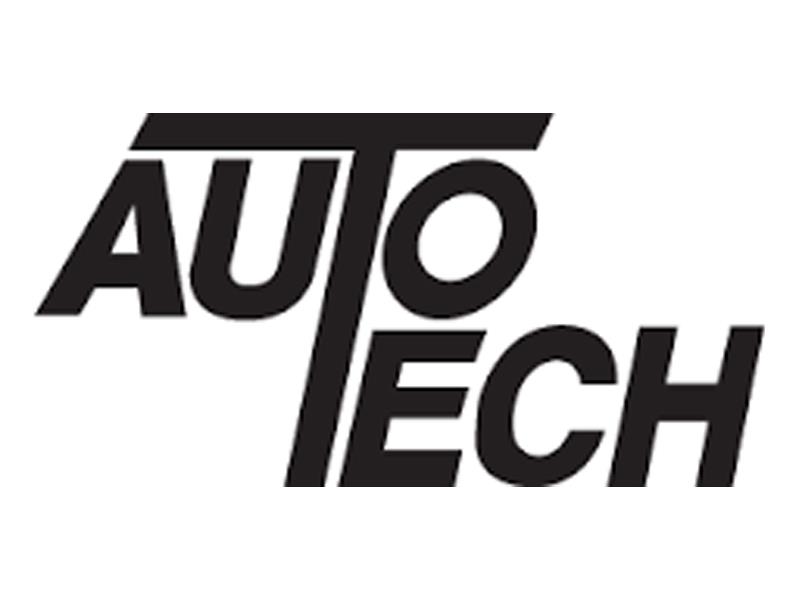#357 VOC Compliant Industrial Cleaner/Degreaser/Prep-Wash
Although #357 Industrial Cleaner/Degreaser is biodegradable and 100% environmentally safe, it is very strong. Read the entire label directions before using. Most cleaning jobs do not require using full strength – generally, only extreme conditions require full strength or a dilution of up to 2 to 3 parts with water. #357 is VOC Compliant in all 50 states.
Stubborn cleaning jobs can be overcome in one of 3 ways: 1) Use #357 full strength … 2) Let #357 penetrate (soak) longer … 3) Scrub surface briskly with nylon brush after soaking of #357. Although #357 can be diluted with either cold or warm water, hot water and #357 produces spectacular cleaning results! #357 is quite effective with a steam cleaner or pressure washer, using either hot or cold water.
#357 has numerous marine uses. Because of its non-hazardous nature, #357 does not require Coast Guard certification for use in a ship’s store, on board vessels, because its characteristics do not represent sufficient hazard to be considered a dangerous article under 46-PFA-141. #357 cleans marine sails, canvas, hardwood and metals safely and quickly. It is an excellent and totally safe bilge cleaner. It removes algae, fish oils and scum lines without harming aluminum, plastic, chrome or fiberglass surfaces.
Industrial uses for #357 are varied. It allows full utilization of plant manpower – dramatically reduces down time – allows hot work to continue in areas adjacent to those being cleaned with #357 – surfaces can be cleaned, gas freed and prepared for paints or coatings in the same application.
- A few helpful dilutions: All-Purpose Cleaner: Use 1 part #357 to 40 parts water (3 oz. to a gallon of water).
- Tree Sap (pine needle sap), Bugs On Paint Surface: Use a quart of #357 to 1 gallon of water. Wet a clean cloth, make one or two swipes with cloth and then immediately rinse thoroughly with clean water, then dry with a terri-cloth towel.
- Stains From Rugs, Upholstery & Carpets: Use full strength or 1 part #357 to 3 to 1 part water. Spray on & blot up the stain. Next, use nylon brush or towels, for finishing touches. Always start with a light solution & then add more #357 if it seems needed to do the job.
- Paint Over-Spray From Vehicle: If vehicle paint is 1 year or older, use #357 full strength. Pour #357 onto towel, wipe-off over-spray, then rinse thoroughly with clean water, then dry with a terri-cloth towel.
- Prep Wash – Fish Eye Preventative: Mix 1 part #357 to 4 or 5 parts water. Mist (spray) on surface – let soak for 30 to 60 seconds for oxidation; 4 to 6 minutes for polymer sealants. Wipe with water and rinse. Dry with a clean cloth. Surface is now ready to paint or polish.
Call: (800) 545-8624 for free Automotive, Industrial, Marine & Household “Use & General Dilution Chart”
